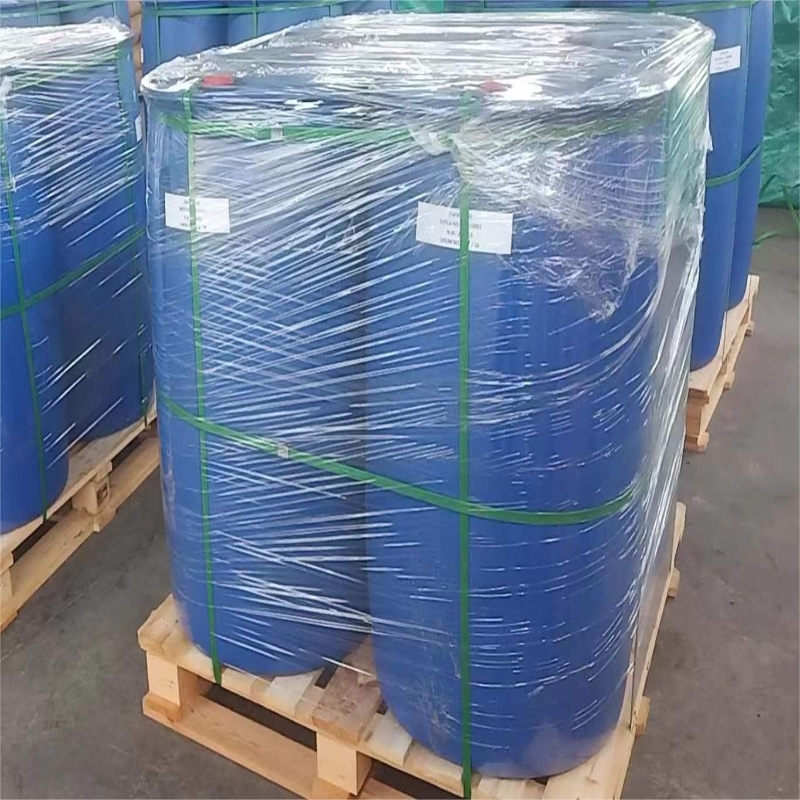Cosmetic Ingredient
- • Abrasive (124)
- • Absorbent (84)
- • Anticaking (66)
- • Anticorrosive (25)
- • Antifoaming (19)
- • Antimicrobials (290)
- • Antioxidant Ingredient (393)
- • Antiperspirant (20)
- • Antiplaque (48)
- • Anti-seborrheic (38)
- • Anti-sebum (39)
- • Antistatic (458)
- • Astringent (162)
- • Binding Agent (172)
- • Bleaching Agent (53)
- • Buffering (191)
- • Bulking (109)
- • Chelating (122)
- • Cleansing (679)
- • Cosmetic Colorant (212)
- • Cosmetic Preservative (158)
- • Denaturant (45)
- • Deodorant (98)
- • Depilatory (27)
- • Dissolving Agent (298)
- • Emollient (795)
- • Emulsifying Agent (480)
- • Emulsion Stabilising (154)
- • Exfoliating (19)
- • Film Forming (299)
- • Flavouring (72)
- • Foam Boosting (161)
- • Foaming (101)
- • Fragrance Ingredient (726)
- • Gel Forming (19)
- • Hair Conditioning (670)
- • Hair Dyeing (363)
- • Hair Fixing (36)
- • Hair Waving or Straightening (45)
- • Humectant (282)
- • Hydrotrope (92)
- • Keratolytic (20)
- • Light Stabilizer (80)
- • Moisturising Agent (50)
- • Nail Conditioning (42)
- • Occlusive (20)
- • Opacifying (119)
- • Oral Care (123)
- • Oxidising (19)
- • Perfuming (2105)
- • Plasticiser (98)
- • Propellant (19)
- • Reducing (50)
- • Refatting (12)
- • Refreshing (26)
- • Skin Cleansing (388)
- • Skin Conditioning (1751)
- • Skin Humectant (21)
- • Skin Protecting (282)
- • Smoothing (31)
- • Soothing (71)
- • Tonics (155)
- • UV Filter (34)
- • Viscosity Controlling (532)
Chemicals as Skincare Ingredients
Related News
-
Shell Considers Partnering with the U.S. and Closing European Chemical Assets
2025-03-26 -
AstraZeneca to Invest $2.5 Billion to Establish Global Drug R&D Center in Beijing
2025-03-25 -
Quaker Houghton Acquires Dipsol Chemicals, Strengthening Advanced Solutions Portfolio
2025-03-27 -
Saudi Aramco CEO: Invest in downstream projects in China's energy, chemical and other fields
2025-03-28 -
ECHEMI High Quality Inquiries (22-26 Mar)
2025-03-27 -
BASF Launches World’s First Polyamide 6 Recycling Plant in Shanghai
2025-03-31
Chelating
Oxalic acid
(144-62-7)-
Cosmetics Grade / 99%
-
Industrial Grade / -
-
Industrial grade / 99%
$1-1.3/KG FOB
-
Industrial Grade / 97%
$0.1-0.11/KG FOB
-
Cosmetics Grade / 99%
$10-11/KG FOB
-
Cosmetic grade / 99.9%
-
Cosmetics Grade / 99%
-
Cosmetics Grade / 99.0%
Request for quotation , get quotes from more suppliers.
-
Industrial Grade / 37%
-
![(S S)-ETHYLENEDIAMINE-N N-DISUCCINIC ACI buy (S S)-ETHYLENEDIAMINE-N N-DISUCCINIC ACI]()
Industrial Grade / 99%
-
![(S S)-ETHYLENEDIAMINE-N N-DISUCCINIC ACI buy (S S)-ETHYLENEDIAMINE-N N-DISUCCINIC ACI]()
-
![L-Aspartic acid, N,N'-1,2-ethanediylbis-, sodium salt (1:3) buy L-Aspartic acid, N,N'-1,2-ethanediylbis-, sodium salt (1:3)]()
Different Grade / 99.9%
$0.1/KG EXW
Request for quotation , get quotes from more suppliers.











![High Quality 98% Purity of 2-[(4-chlorophenyl)methyl]piperidine hydrochloride CAS 6936-90-9 ISO 9001:2005 REACH Verified Producer buy High Quality 98% Purity of 2-[(4-chlorophenyl)methyl]piperidine hydrochloride CAS 6936-90-9 ISO 9001:2005 REACH Verified Producer](https://file.echemi.com/fileManage/upload/goodpicture/20231012/phenytoin-usp-99-powder-57-41-0-dideu_b20231012171302840.jpg)





